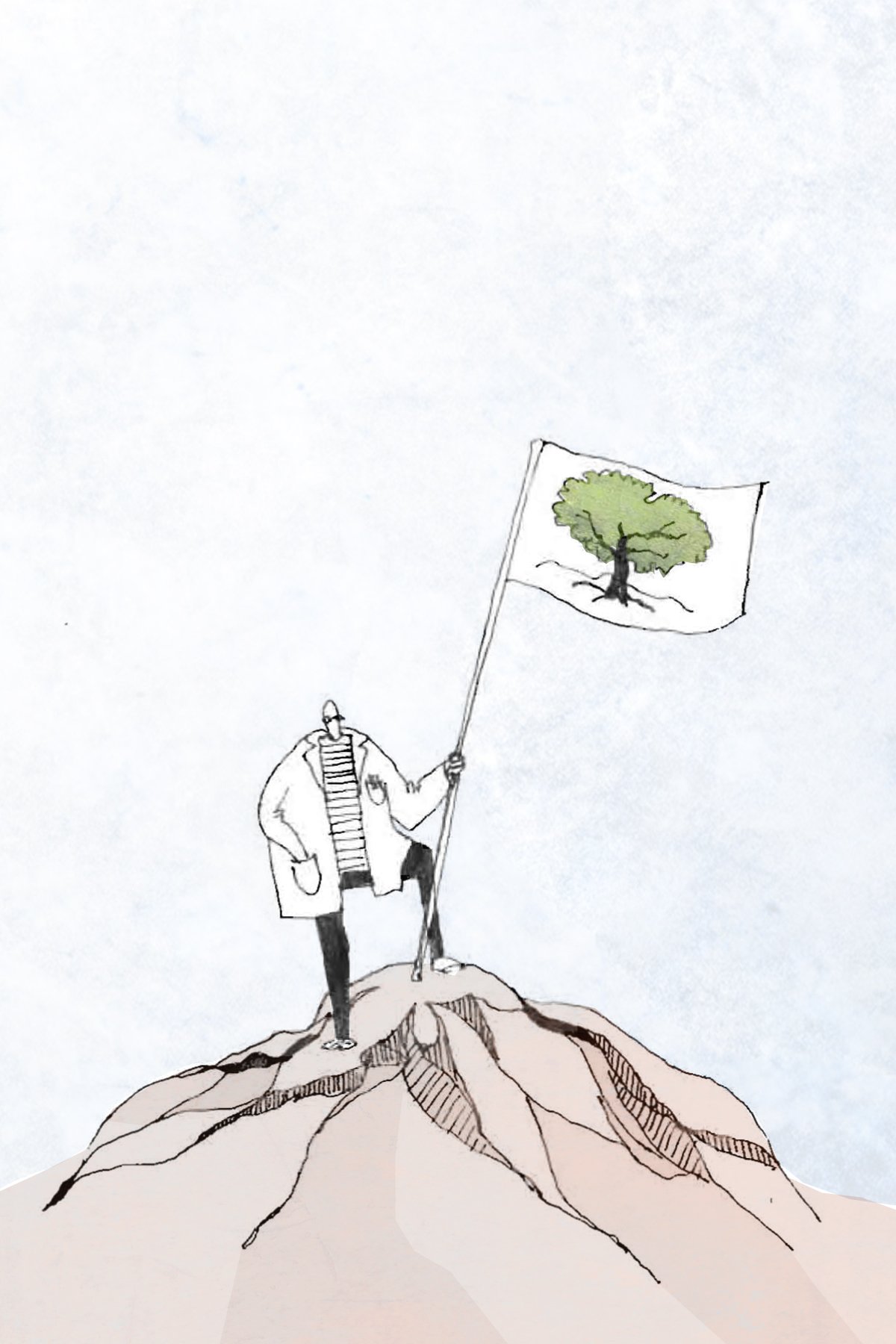Seedarium
(Ruso’s M.Arch degree thesis project. Advisor: Martin Felsen. IIT, 2013)
All life depends on plants. The genetic information for future plants is held in their seeds, so the biodiversity of our planet, as well as the sustenance of our species and others, depends entirely on the seeds that survive from generation to generation.
Now plants are under threat. They are under threat because of climate change which is a result of human activity. “And they are also under threat because they are sharing a planet with people like us”, -says the Main-Board Trustee of Millennium Seed Bank Project and an ambassador of WWF, Johnathan Drori: “And people like us want to do things that destroy plants and their habitats. And whether it is because of the food production or the introduction of alien plants into places where they really oughtn’t to be, or because of habitats being used for other purposes, all these things are meaning that plants have to adapt, die, or move. And plants sometimes find it rather difficult to move, because there might be cities or other things on the way.” So what happens to plants in such case becomes pretty obvious - they die out; this will cause a chain reaction of fauna extinction since they will have neither shelter nor food.
If all life depends on plants, shouldn’t we try to save them?
Seed banks are institutions designated to save plants from extinction. The researchers collect, organize, research, and conserve seeds outside their natural habitat and ship them to their original location in order to restore their natural habitat.
This project is a prototype of a seed bank developed for a global network of flora genetic information banks. The network, consisting of international, national, and regional seed banks, will exchange information and seeds and will act as the world’s giant backup collection. By designing a prototype of the international seed bank, we propose a standard for the institution. The building will include seed storages and labs, where groups of scientists would register and dry collected seeds, then conserve and reproduce them for natural habitat rehabilitation. The facility will also include educational facilities to help raise public awareness, and temporary accommodation for resident or traveling researchers.
POTENTIAL DESIGN RESPONSES:
Creating a net of genetic centers in different parts of the world according to economical and political stability and plant hardiness zones
Designing a prototype for other seed banks.
Use design as a landmark to attract revenue.
Building to be off-grid and use passive energy sources.
Location selection criteria:
Remote from urban areas and volatile political interests;
Remote from earthquakes, flood-prone and active wildfire areas;
Active tourist attractions to raise public awareness and generate financial support;
Site with energy harvesting potential;
Site with existing infrastructure.
Cape Solitude
Concept
Location
Status
Plants as statement
Lookout point
Living plants floating aboveground for sunlight
Dormant life buried underground for constant temperature
Freezers for seed storage below ground to be lit from small circular skylights embedded in the ground
Seed treatment laboratories



















